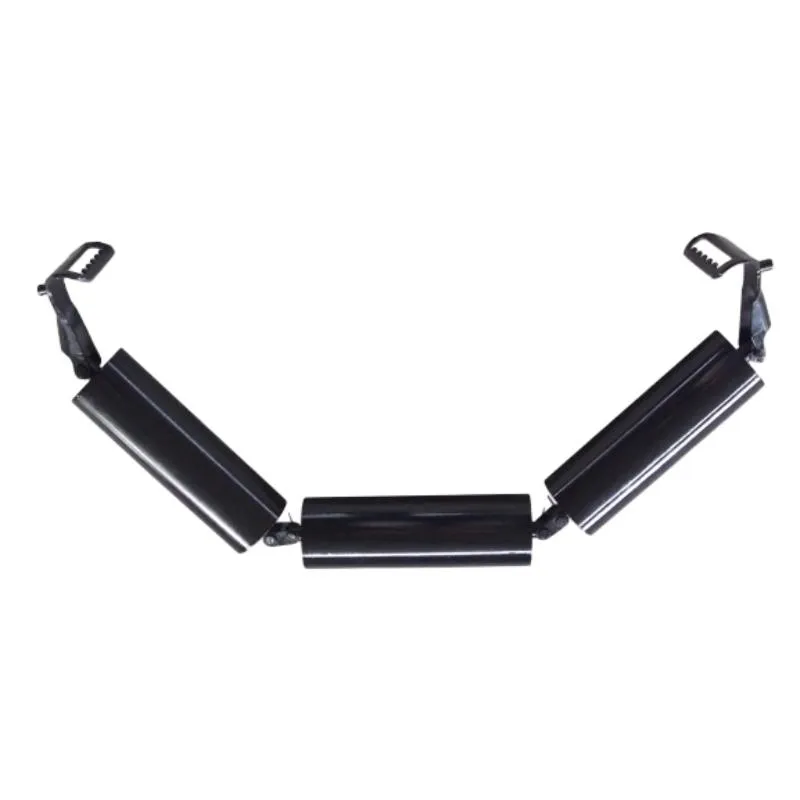 Afrikaans
Afrikaans  Albanian
Albanian  Amharic
Amharic  Arabic
Arabic  Armenian
Armenian  Azerbaijani
Azerbaijani  Basque
Basque  Belarusian
Belarusian  Bengali
Bengali  Bosnian
Bosnian  Bulgarian
Bulgarian  Catalan
Catalan  Cebuano
Cebuano  Corsican
Corsican  Croatian
Croatian  Czech
Czech  Danish
Danish  Dutch
Dutch  English
English  Esperanto
Esperanto  Estonian
Estonian  Finnish
Finnish  French
French  Frisian
Frisian  Galician
Galician  Georgian
Georgian  German
German  Greek
Greek  Gujarati
Gujarati  Haitian Creole
Haitian Creole  hausa
hausa  hawaiian
hawaiian  Hebrew
Hebrew  Hindi
Hindi  Miao
Miao  Hungarian
Hungarian  Icelandic
Icelandic  igbo
igbo  Indonesian
Indonesian  irish
irish  Italian
Italian  Japanese
Japanese  Javanese
Javanese  Kannada
Kannada  kazakh
kazakh  Khmer
Khmer  Rwandese
Rwandese  Korean
Korean  Kurdish
Kurdish  Kyrgyz
Kyrgyz  Lao
Lao  Latin
Latin  Latvian
Latvian  Lithuanian
Lithuanian  Luxembourgish
Luxembourgish  Macedonian
Macedonian  Malgashi
Malgashi  Malay
Malay  Malayalam
Malayalam  Maltese
Maltese  Maori
Maori  Marathi
Marathi  Mongolian
Mongolian  Myanmar
Myanmar  Nepali
Nepali  Norwegian
Norwegian  Norwegian
Norwegian  Occitan
Occitan  Pashto
Pashto  Persian
Persian  Polish
Polish  Portuguese
Portuguese  Punjabi
Punjabi  Romanian
Romanian  Russian
Russian  Samoan
Samoan  Scottish Gaelic
Scottish Gaelic  Serbian
Serbian  Sesotho
Sesotho  Shona
Shona  Sindhi
Sindhi  Sinhala
Sinhala  Slovak
Slovak  Slovenian
Slovenian  Somali
Somali  Spanish
Spanish  Sundanese
Sundanese  Swahili
Swahili  Swedish
Swedish  Tagalog
Tagalog  Tajik
Tajik  Tamil
Tamil  Tatar
Tatar  Telugu
Telugu  Thai
Thai  Turkish
Turkish  Turkmen
Turkmen  Ukrainian
Ukrainian  Urdu
Urdu  Uighur
Uighur  Uzbek
Uzbek  Vietnamese
Vietnamese  Welsh
Welsh  Bantu
Bantu  Yiddish
Yiddish  Yoruba
Yoruba  Zulu
Zulu Feb . 18, 2025 12:28
Back to list
Slagging Pulley(Heavy Duty)
Conveyor pulleys, essential components of conveyor systems, come in various types, each serving a specific function within the material handling process. The right selection not only boosts the efficiency of the operation but also enhances the longevity and performance of the conveyor system. From an expert's perspective, understanding the different types of conveyor pulleys contributes significantly to optimizing industrial workflows.
Wing pulleys are used to clean the conveyor belt, particularly effective in environments with sticky or abrasive materials. Their winged design helps expel debris as the belt moves over the pulley, which reduces material buildup that can cause misalignment or damage. This self-cleaning mechanism ensures the system remains operable with minimal maintenance. Magnetic pulleys offer another specialized solution, ideal for removing ferrous contaminants from materials on the conveyor. Used in recycling or resource recovery industries, these pulleys are magnetized to attract unwanted metal fragments, enhancing the purity of the final product and protecting downstream equipment from potential damage. Lagging is often applied to pulleys to improve belt friction or address specific environmental conditions. Rubber, ceramic, or other synthetic coatings provide additional grip and resist wear in harsh operating environments. This customization is essential for operations involving wet, hot, or chemically aggressive conditions where a standard pulley might underperform. The selection process for conveyor pulleys should consider factors such as belt tension, the type of materials being moved, environmental conditions, and maintenance capabilities. Engaging with industry professionals or consulting contemporary case studies can offer valuable insights into making the most informed choices. Furthermore, adhering to manufacturers' specifications and best practice guidelines ensures compliance with operational safety standards, thereby enhancing overall system reliability. By integrating the correct types of conveyor pulleys into your system, businesses can achieve significant improvements in operational efficiency, reduce downtime, and extend the life of their conveyor equipment. Investing in the right pulleys reflects a strategic approach to material handling that prioritizes both productivity and safety.


Wing pulleys are used to clean the conveyor belt, particularly effective in environments with sticky or abrasive materials. Their winged design helps expel debris as the belt moves over the pulley, which reduces material buildup that can cause misalignment or damage. This self-cleaning mechanism ensures the system remains operable with minimal maintenance. Magnetic pulleys offer another specialized solution, ideal for removing ferrous contaminants from materials on the conveyor. Used in recycling or resource recovery industries, these pulleys are magnetized to attract unwanted metal fragments, enhancing the purity of the final product and protecting downstream equipment from potential damage. Lagging is often applied to pulleys to improve belt friction or address specific environmental conditions. Rubber, ceramic, or other synthetic coatings provide additional grip and resist wear in harsh operating environments. This customization is essential for operations involving wet, hot, or chemically aggressive conditions where a standard pulley might underperform. The selection process for conveyor pulleys should consider factors such as belt tension, the type of materials being moved, environmental conditions, and maintenance capabilities. Engaging with industry professionals or consulting contemporary case studies can offer valuable insights into making the most informed choices. Furthermore, adhering to manufacturers' specifications and best practice guidelines ensures compliance with operational safety standards, thereby enhancing overall system reliability. By integrating the correct types of conveyor pulleys into your system, businesses can achieve significant improvements in operational efficiency, reduce downtime, and extend the life of their conveyor equipment. Investing in the right pulleys reflects a strategic approach to material handling that prioritizes both productivity and safety.
Next:
Latest news
-
Revolutionizing Conveyor Reliability with Advanced Rubber Lagging PulleysNewsJul.22,2025
-
Powering Precision and Durability with Expert Manufacturers of Conveyor ComponentsNewsJul.22,2025
-
Optimizing Conveyor Systems with Advanced Conveyor AccessoriesNewsJul.22,2025
-
Maximize Conveyor Efficiency with Quality Conveyor Idler PulleysNewsJul.22,2025
-
Future-Proof Your Conveyor System with High-Performance Polyurethane RollerNewsJul.22,2025
-
Driving Efficiency Forward with Quality Idlers and RollersNewsJul.22,2025
OUR PRODUCTS





























